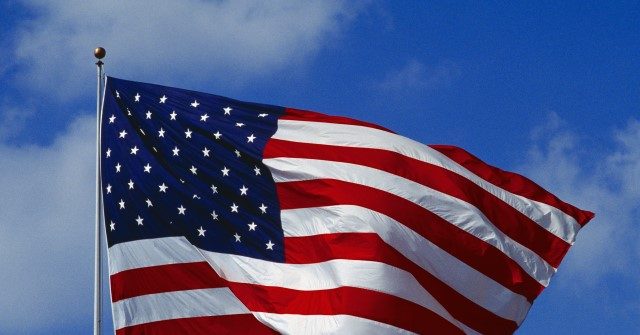

The U.S. economy over this summer clawed its way out of the hole it had been squirming through in the first half of the year.
Gross domestic product, a key barometer of economic output, grew 2.6 percent in the third quarter of the year, the Commerce Department said Thursday. That followed two consecutive quarters in which the economy contracted, a traditional marker of a recession.
The reprieve from economic contraction may be brief. A consensus of economists expects the economy will be in a recession in the next 12 months as the Federal Reserve tightens financial conditions in an effort to squeeze excessive inflation out of the economy. Nearly 60 percent of the American public believes the economy already is in a recession.
Economists had expected GDP would grow at a seasonally-adjusted, annualized rate of 2.3 percent after adjusting for inflation. In the first quarter of the year, the economy shrank at a 1.6 percent rate. In the second quarter, it shrank 0.6 percent.
The estimates of GDP are frequently revised from the figures first reported a month after the close of the quarter. The first quarter was initially reported as a 1.4 percent contraction and revised down in each of the two subsequent monthly estimates. The second quarter was initially reported as a 0.9 percent contraction and was revised up.
GDP is a composite of factors that add and subtract from the topline number. On the plus side, exports grew and imports fell, consumer spending rose, business investment in structures was up, federal government spending increased, as did state and local government spending. The minuses were a decline in housing and private inventory investment by businesses.
The contribution of consumer spending fell from earlier this year as personal consumption rose at a 1.4 percent annual rate, down from two percent in the second quarter. As a result, consumer spending added just under one percentage point to the topline number, down from 1.38 percent point in the second quarter.
Spending has shifted from goods to services. Durable goods spending fell 0.8 percent and nondurable goods spending dropped 1.4 percent, in part reflecting lower gasoline prices. Goods spending subtracted 0.28 percentage points from the topline GDP figure. Services spending grew 2.8 percent. Despite the decline, consumer spending was stronger than expected. Economists had expected growth of just 0.8 percent. Services contributed 1.24 percent points to GDP.
When the economy contracted in the first quarter, many described it as largely technical because so much of the contraction was caused by a surge in imports. In the most recent quarter, this reversed, with the balance of trade adding 2.77 percentage points to the topline figure.
Federal government spending, which excludes transfer payments, was up 3.7 percent, which resulted in an addition of 0.23 percentage points to GDP, largely because of surging defense spending related to the war in Ukraine. State and local spending, up 1.7 percent, added 0.19 percentage points after three quarters of subtracting from GDP.
The economic acceleration is not necessarily good news. Inflation has been running at four-decade highs and has so far proven resilient against higher interest rates. Prices rose 0.4 percent in September, according to the Consumer Price Index compiled by the Department of Labor, a faster pace of inflation than what was recorded in July and August. Over the previous 12 months, they have risen 8.2 percent. Other measures of underlying inflation also indicate inflation is becoming more entrenched.
Financial markets have eased over the last two weeks as investors and many forecasters have become convinced that the Fed is preparing to step back from its aggressive moves to raise interest rates. The Fed is widely expected to raise its benchmark rate by three-quarters of a percentage point at its meeting next week. That would be the sixth hike of the year and the fourth consecutive historically large hike of that size. Market indicators now indicate expectations for a smaller, half-point hike in December and a quarter point after that.
Federal Reserve officials have said they would likely eventually stop hiking to observe how the economy is absorbing such rapid rate increases. Some forecasters have pointed out, however, that financial markets have been caught offsides twice this year by assuming a so-called “pivot” from rate hikes was looming. If inflation continues to accelerate or if the labor market continues to resist efforts to rebalance it away from excessive demand for workers, officials may decide that further large hikes are appropriate, which could make recent gains in stocks and bonds vulnerable to reversals.
The two consecutive quarters of contraction set off a fierce debate over whether the economy had entered into a recession. Those who said the economy was not in a recession could point to robust consumer spending and falling unemployment as evidence that while the economy may have shrank, it was not a significant slump that should be counted as a recession. The National Bureau of Economic Research—a private outfit based in Cambridge, Massachusetts—is considered the official arbiter of when recessions begin and end but it frequently does not make its declaration until long after recessions have begun.




